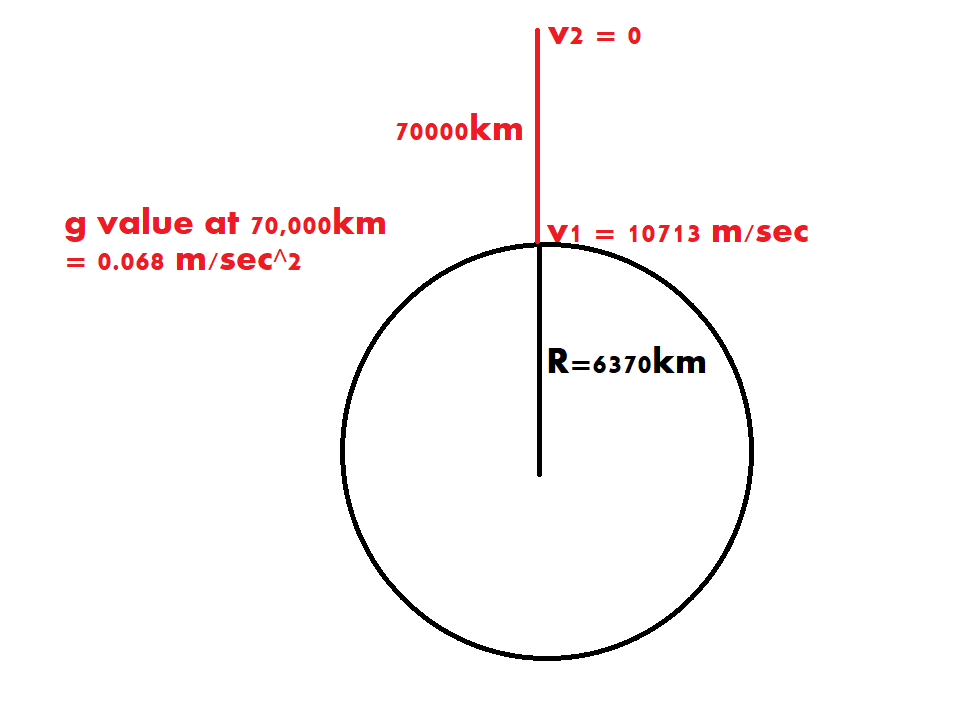If you want to figure this out "without calculus", there's a way you can get a good numerical approximation using a computer.
If you take a "sufficiently small" interval of time $\tau$, then the acceleration and the velocity of the object will be approximately constant over that time period. This means that you can use the uniform acceleration equations over that time period. For example, let's suppose that you know what the initial position $x(0)$ and the initial velocity $v(0)$ are. Assuming that you know the relationship between $x$ and $F$, this means that you can infer the acceleration at time $0$ as well. Applying the uniform acceleration equations, we have
$$
v(\tau) \approx v(0) + a(0) \tau \qquad x(\tau) \approx x(0) + v(0) \tau + \frac{1}{2} a(0) \tau^2 \approx x(0) + v(0) \tau
$$
In the second equation, we can drop the second term because we are assuming that $\tau$ is a "small" amount of time, and a term that is a small number squared is an even smaller number.
These equations get us to $x(\tau)$ and $v(\tau)$. But we can then "reset" the problem and use it as our new starting time, to approximate the position and velocity at $t = 2 \tau$:
$$
v(2\tau) \approx v(\tau) + a(\tau) \tau \qquad x(2\tau) \approx x(\tau) + v(\tau) \tau
$$
We can repeat this process over & over, iteratively, to find out $x$ and $v$ at $3\tau$, $4\tau$, $5\tau$, and so on, until we have a picture of how the object behaves over a long period of time. In particular, you could keep repeating this process until your object hits the ground, i.e., until $x = R$ for some value of $t$.
Of course, you wouldn't want to do all of this gruntwork by hand. (Though people, often women, did do such gruntwork by hand in the past. A "computer" used to be an occupation, not a device.) But if you're familiar with a programming language, or even if you have a passing familiarity with Excel, you can probably get a computer to do these calculations for you in pretty short order.
What I have described above is what's called the Euler method for numerically solving differential equations. It is perhaps the easiest method to understand. It is also perhaps the worst possible method of its type for solving such equations, since the errors in the approximations are relatively large and in some circumstances can even grow with time. If $\tau$ is small enough, this is generally not a problem, but that means that you have to take a lot of really small time steps to get a solution that spans an interesting amount of time. There are much more sophisticated algorithms out there, and entire libraries of computer functions devoted to solving them. If you understand the Euler method and are interested in using more sophisticated & accurate techniques to solve similar problems, there are plenty out there for you to research.

